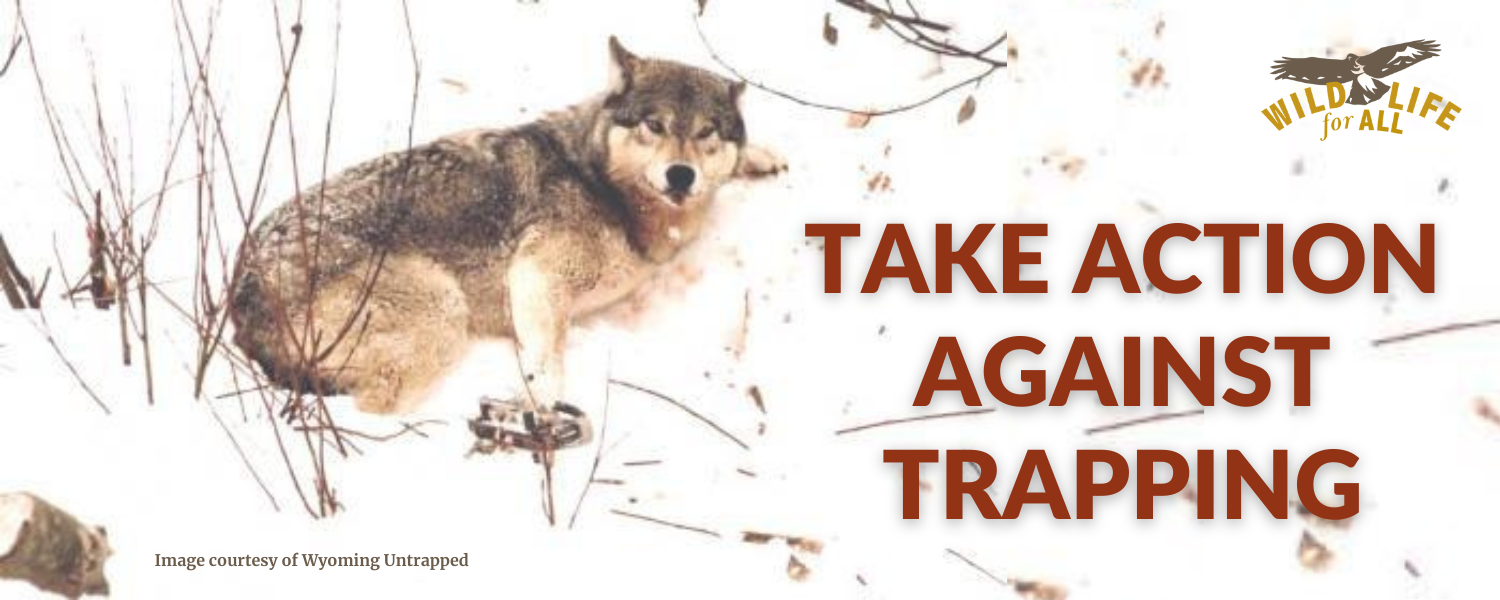Be Trap Aware: Protect Wildlife, Pets, and People
Trapping poses hidden dangers to wildlife, pets, and outdoor enthusiasts across the country. Every year, animals—both wild and domestic—suffer severe injuries or die after being caught in traps.
As outdoor lovers, pet guardians, and advocates for coexistence, we have a responsibility to raise awareness and help prevent unnecessary suffering.
Trapping happens in every state across the country, often out of sight and out of mind. From snares to leg-hold and conibear traps, these devices are legal on public and private lands in most states, where wildlife, pets, and outdoor enthusiasts risk encountering them. Even in states that have some sort of ban on traps like Colorado, New Mexico, and California, there are exceptions and loopholes.
Trapping likely persists because most people don’t even know it’s happening—but we’re here to change that.
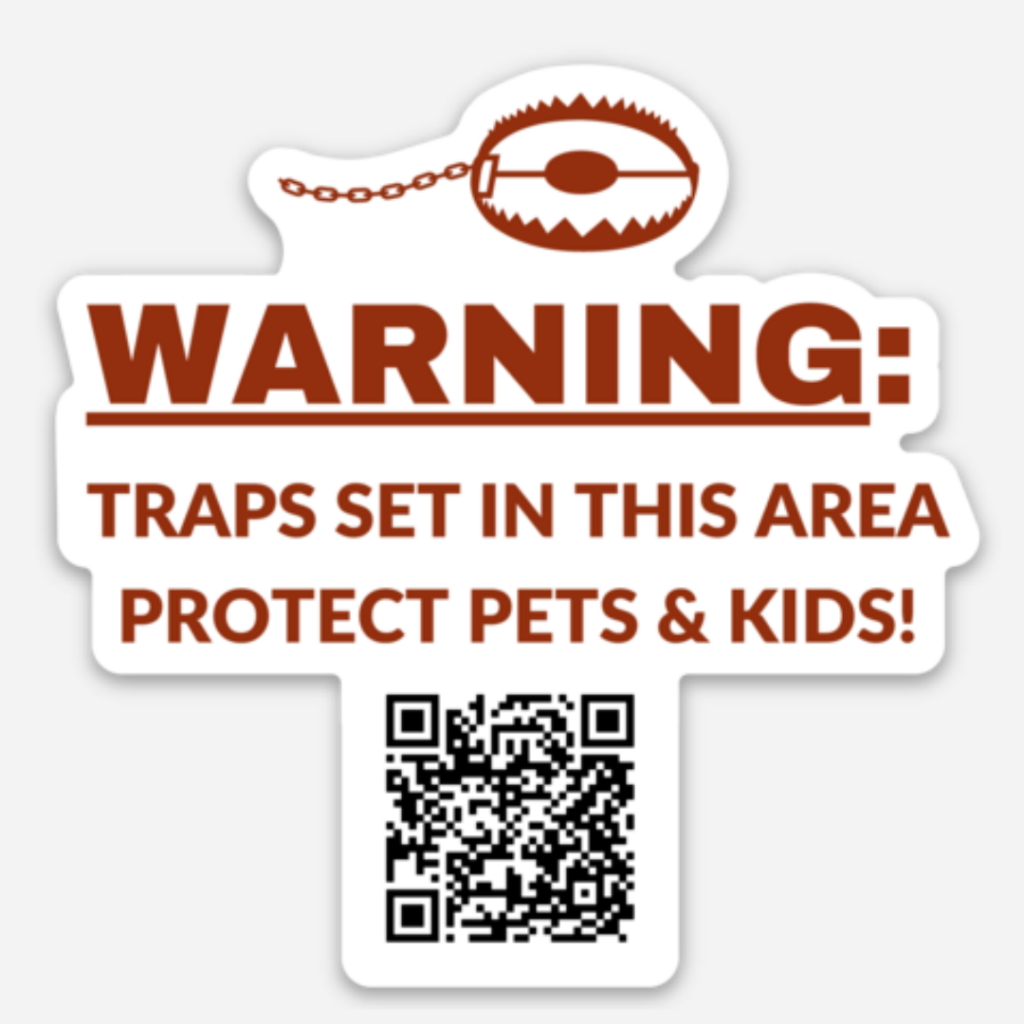
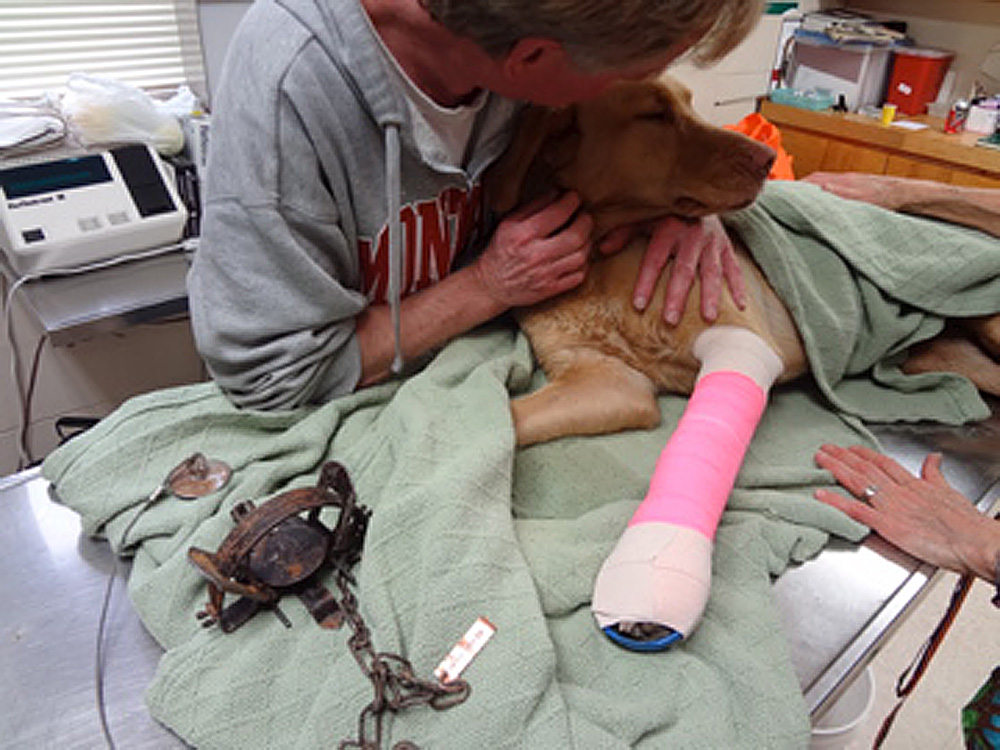
Why Be Trap Aware?
Traps—like snares, leg-hold traps, and conibear traps—are indiscriminate and often cruel. They are legal in many states but rarely come with the visibility or warnings needed to protect people and their pets. Here’s what you need to know:
- Traps can be anywhere: Trails, public lands, and even recreation areas can harbor traps.
- Pets are frequent victims: Dogs can easily get caught in traps, leading to pain, injury, or even death.
- Trapping is poorly regulated: In many states, trappers aren’t required to check traps daily, so animals can suffer for days before being found.
Understanding trapping laws in your state is key. Visit our Find Your State page to learn about trapping regulations where you live.
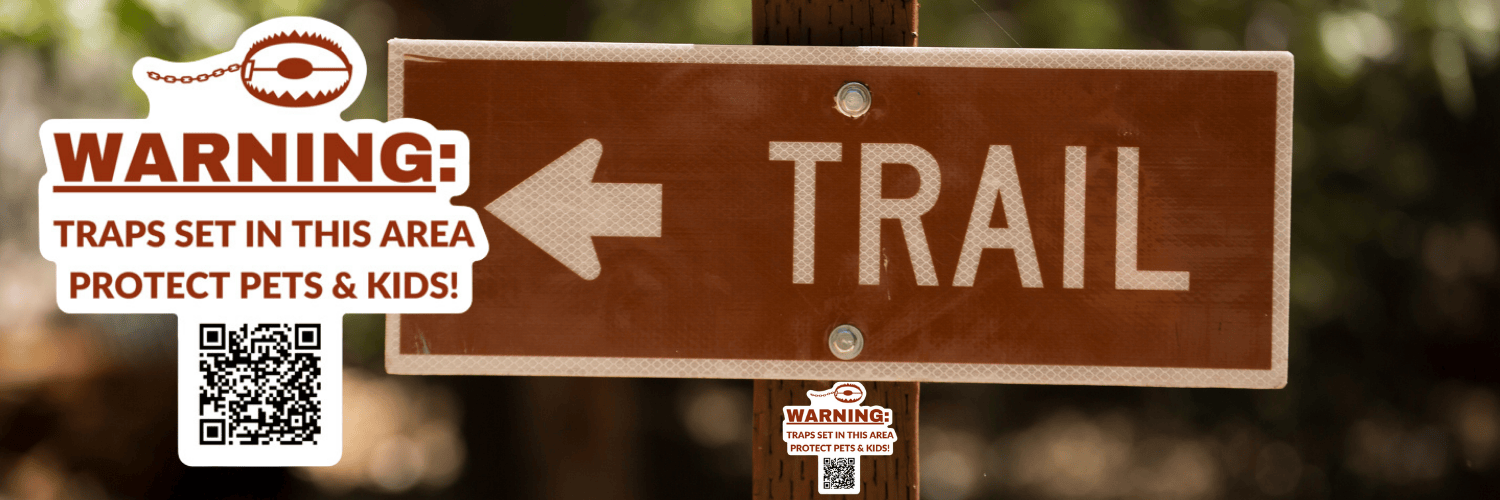
TAKE ACTION: MARK TRAPS WITH STICKERS AND FLAGS
Help us make the outdoors safer for everyone. By spreading awareness, staying informed, and equipping yourself with tools like trap awareness flags and safety stickers, you can help prevent tragedy and protect wildlife and pets alike.
Protect people, pets, and wildlife by ordering these stickers or flags—or donating to make this work possible for others. While tampering with or removing traps is almost always illegal, you can take meaningful action by raising awareness and flagging traps where it’s permitted.
You can order:
- “Be Trap Aware” safety flag – Use flags in legal, visible locations to alert others when traps are spotted. Use these flags to help mark the locations of visible traps, alerting other outdoor enthusiasts to proceed with caution.
- Waterproof, outdoor education stickers featuring essential information to share in your community are a simple, effective way to spread awareness about the dangers of trapping or post an alert at a trailhead or public space.
Take the first step toward safer public spaces: order free stickers or flags. (Suggested donation of $3 per sticker and $15 for 10 flags)
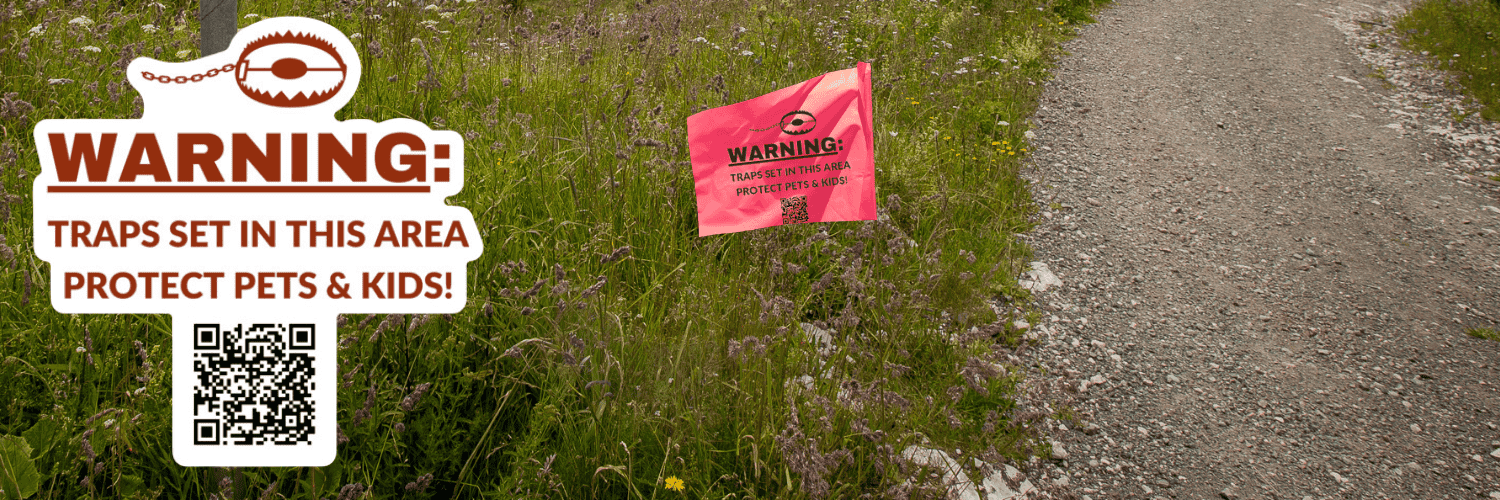
Learn About Traps
Most people don’t realize the extent of trapping or its devastating impact. Knowledge is the first line of defense. Learn how traps work, where they might be found, and the harm they cause.
Educate yourself and others with these resources:
- Trapping Explained – Born Free USA
- Learn About Traps – TrapFree Montana
- Trapping FAQs – TrapFree Montana
- Types of Traps – Footloose Montana
- Snare Aware – Wyoming Untrapped
- How to Untrap Your Pet – Wyoming Untrapped
- Trapping Overview (lots of links) – Protect Our Wildlife Vermont
- Trapping Myths – Protect Our Wildlife Vermont
Know How to Release Your Child or Pet
Review trap release instructions before heading outdoors because if your loved one gets caught in a trap, knowing how to respond can save their life.
If your child or pet becomes caught in a trap, remain calm. Protect your hands with gloves or a thick cloth, as traps can have sharp edges. Use tools such as pliers or a leash carabiner to compress the trap springs and release the pressure. It’s helpful to carry a multi-tool when recreating in areas where traps may be present.
After freeing your child or pet, seek immediate medical or veterinary attention, even if no injuries are apparent.
For more detailed guidance, watch these step-by-step guides:
- Free Your Pet from a Trap – The Furbearers (YouTube)
- Trap Safety Demonstration – Wyoming Untrapped (Vimeo)
Report Traps & Spread Awareness
Encountered a trap in your community or on public lands? Reporting it can make a difference:
Note: Traps are often legally placed, and Wildlife for All does not advocate for tampering with or removing traps, as this is illegal in most states. Instead, use your voice and your awareness to protect others by placing flags and stickers in locations where it is permitted and safe.
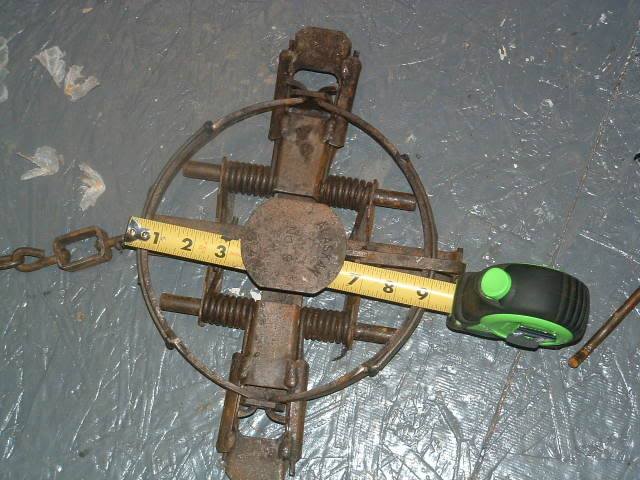
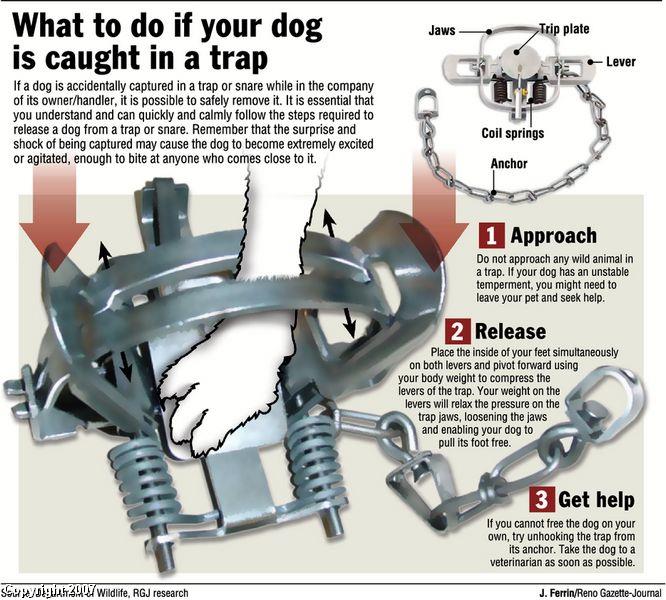
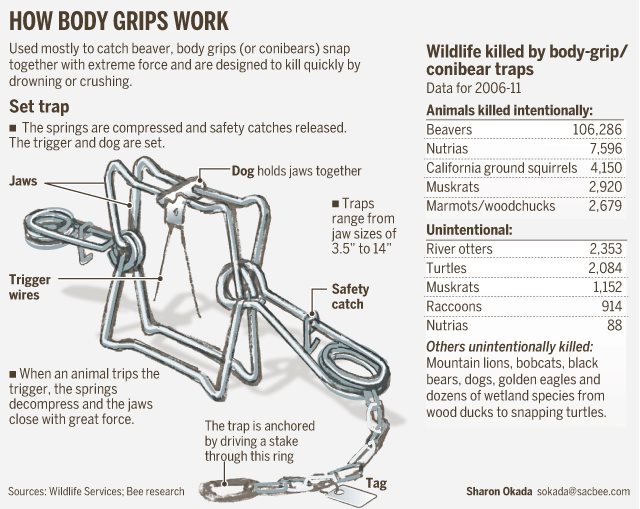
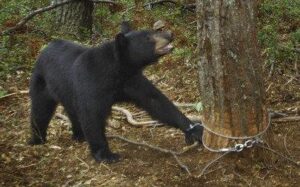
Image courtesy of Trap-Free Oregon
Join the Movement
Trapping continues because too few people know about it. By staying informed, spreading awareness, and encouraging meaningful reform, we can create safer, more compassionate spaces for wildlife, pets, and people.
Take action, protect your community, and help end unnecessary suffering: Order your free stickers and flags today! (Suggested donation of $3 per sticker and $15 for 10 flags)
